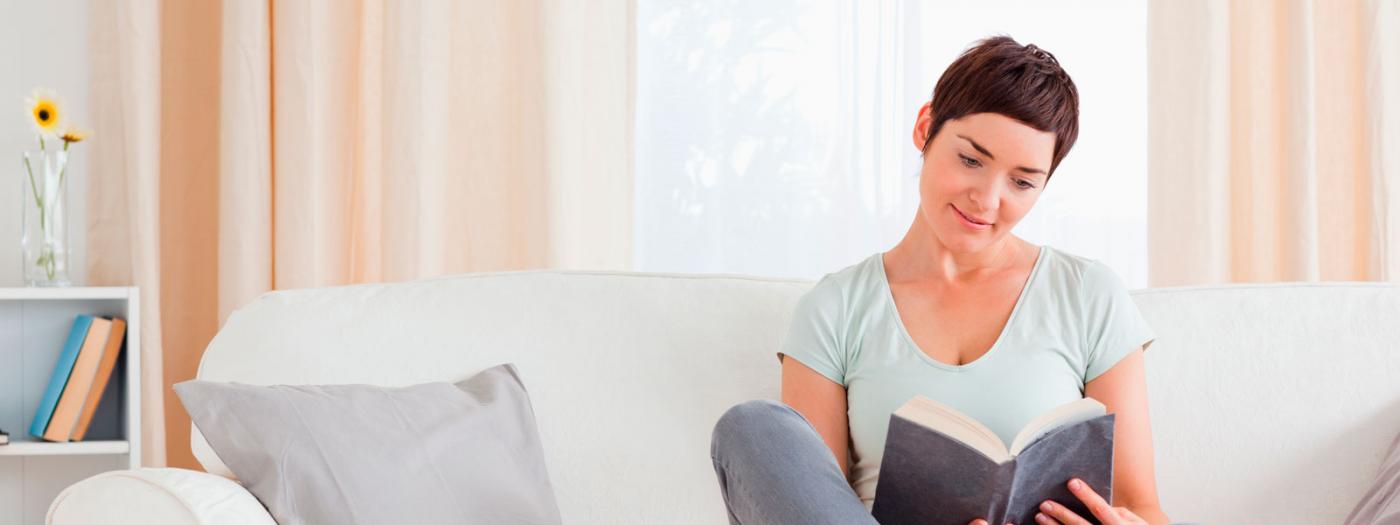|
1. Aesthetics: art, technique and philosophy in its historical course
- Art and the Human Condition: Primitive Art
- Medieval art: the symbolic, the sacred and the beautiful
- Renaissance and Baroque Art: The Desecration of the Sacred
- The birth of aesthetics. Art as guiding principle of Humanity (Kant y Schiller)
- The discovery of the sinister and the ugly: romantic aesthetics (Hoffmann, Rosenkranz, Jean Paul)
- The work of art: sacred space and time. Back to Earth (Heidegger, Gadamer)
- Art in the Age of Technical Reproducibility: The Loss of the Aura (Benjamin)
- The problem of beauty in the society of information and spectacle (Han, Baudrillard, Debord)
- Art, technique and beauty in the contemporary world
|
|
|
2. Philosophy and literature: thinking about the human condition in a literary way
- Literary classics and canon, to know the human condition?
- Justification of the course
- Selection of authors and works
- Realism as a framework
- Auerbach
- Realism in the Western tradition
- Justification of a comparative vision
- French realism and its evolution
- The differential characteristics of realism in England
- The influence of the Russians: the exploration of the human condition
- Analysis of works: Tolstoy, Dickens, Balzac, Flaubert
- Commentary on other support texts
- Realismo y condición humana
- Psicologismo
- ¿Objetividad?
- Realismo y moral. Sympathy y piedad
- Categorías para el análisis
- Aplicación en el comentario: un coeur simple (Flaubert), A Christmas Carol (Dickens), Un cuento de Chejov
|
|
